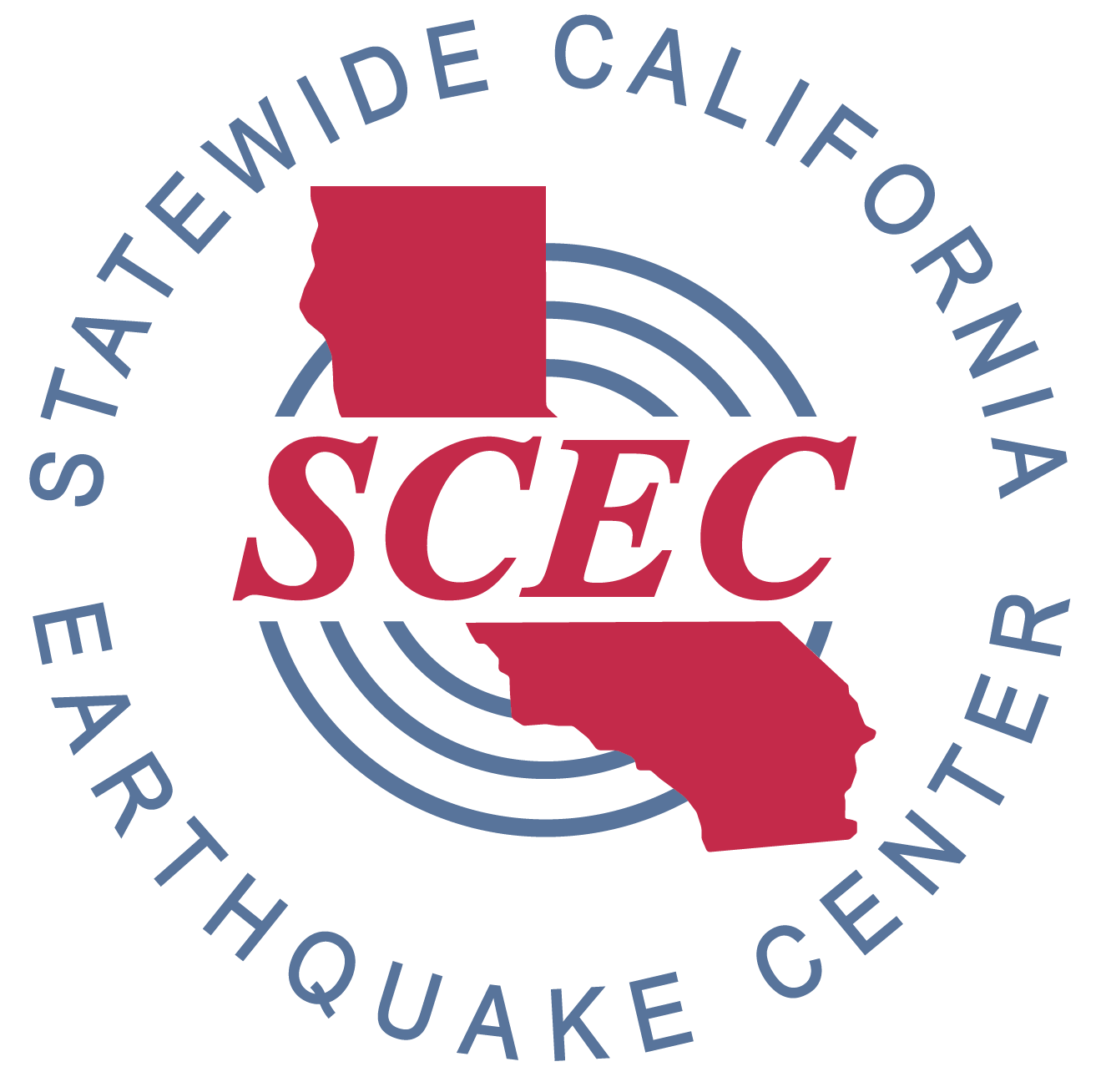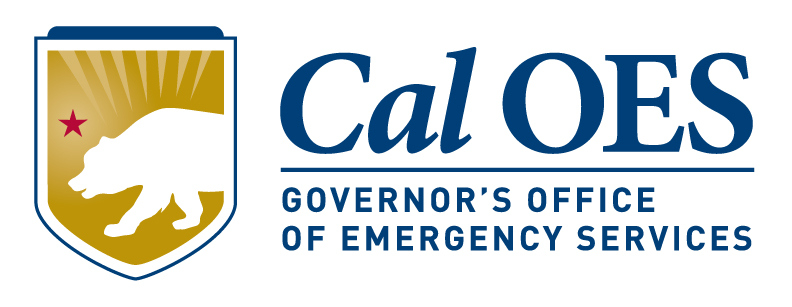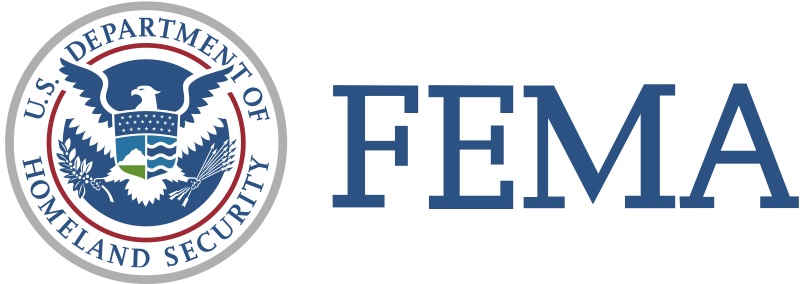- ▾ Other ShakeOuts ▾
- Alaska
- American Samoa
- Arizona
- British Columbia
- California
- Central U.S. (AL AR IA IL IN KS KY LA MO MS NE OH OK TN)
- CNMI
- Colorado
- Guam
- Hawaii
- Idaho
- Japan
- Montana
- Nevada
- New Mexico
- New Zealand
- NorthEast U.S. (CT MA ME NH NJ NY PA RI VT)
- Oregon
- Puerto Rico
- Quebec & Eastern Ontario
- SouthEast U.S. (DC DE FL GA MD NC SC VA WV)
- Texas
- Upper MidWest U.S. (MI MN ND SD WI)
- U.S. Virgin Islands
- Utah
- Washington State
- Wyoming
- Yukon
- Other Countries

Delta Sierra Earthquake Hazards
Those lucky enough to live in the Delta or Sierra Nevada regions know how breathtaking the area can be, yet they also face many hazards. Like all of California, the Delta Sierra area is earthquake county– the mountains and the valley have been shaped by repeated earthquakes on faults in the region. Understanding the risks and preparing to survive and recover can help keep your family safe.
Moderate magnitude earthquakes have occurred in the high Sierra, the foothills and in the Central Valley. Active faults are found in wide zones along the crest of the Sierra and through Lake Tahoe, through the foothills, and in the western Sacramento Valley. Large quakes from major faults, such as the San Andreas and related faults in the Bay Area or the east of the Sierra can also affect the area. Distant earthquakes can also cause significant damage to homes, businesses, and communities, especially in areas where water levels are high in soft soils that can settle unevenly during shaking.
Life After a Big Quake
These earthquakes will disrupt services like electricity, water and sewer, and may limit access in and out of the region. Fire and police departments will be dealing with the most serious situations and may be unable to respond quickly to issues in your community. Government assistance may not be available or not enough to replace your damaged belongings or repair your home. Good news: Preparing now will give you confidence that you and your family will stay safe where the earth shakes.
PARTICIPANTS
people are currently registered to participate in this year's Great California ShakeOut.
are from
the Delta Sierra area.
Number of Delta Sierra area participants in each category
View names of participants:
Learn More
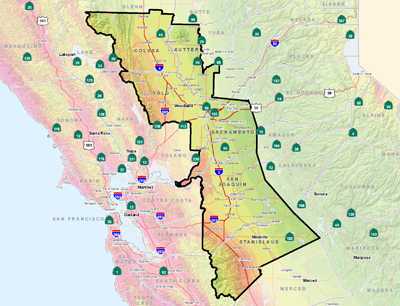
Earthquake Shaking Potential,
Delta Sierra (Central Valley section)
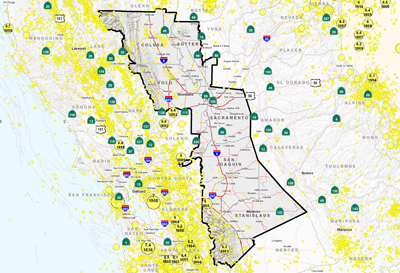
Delta Sierra (Central Valley section)
Epicenters and Faults
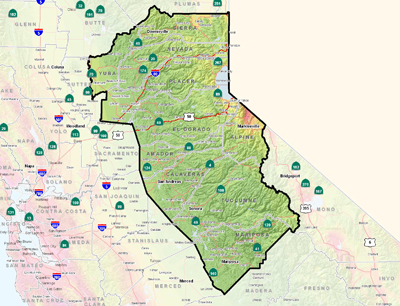
Earthquake Shaking Potential,
Delta Sierra (High Sierra section)
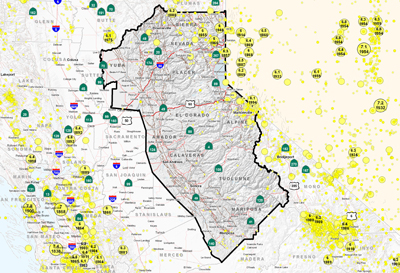
Delta Sierra (High Sierra section)
Epicenters and Faults

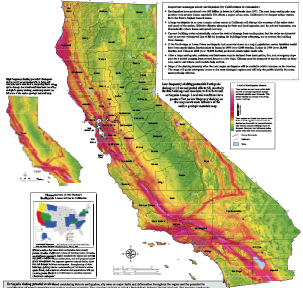
Most residents of the Central Valley Delta are familiar with the occasional “roll” of a Bay Area earthquake. Few know that there are actually earthquake-producing faults that underlie the valley sediments below them. These faults have been deeply buried by sediments deposited by flooding rivers since they last ruptured. Included in this group is a buried fault that in 1892 produced a strong (estimated M6.6) earthquake centered in the Vacaville-Winters area, where significant damage occurred. Other poorly defined faults in the Central Valley include the Midland, Sweitzer, Dunigan Hills, and Willows faults, along with what’s generally referred to as the San Joaquin fault zone, which is made up of numerous buried faults extending along the western margin of the Great Valley. Because we cannot yet clearly define the locations of most faults buried beneath the valley floor, it is impossible to calculate what ground motions are likely to be produced if they were to rupture. However, we do know that the shaking can be significantly damaging as indicated by the 1892 Vacaville-Winters earthquake and the 1983 Coalinga earthquake (M6.5).
The underlying fact is residents of the Delta Sierra ShakeOut Area are not immune to the damaging impacts of strong earthquakes and, therefore, should take preventative measures to prevent injuries to themselves and loved ones, as well as minimize damage to their homes, businesses, and communities. Of particular concern is how vulnerable the Delta levees are to earthquake shaking. A strong earthquake centered in or adjacent to the Delta region could cause widespread levee failure, which, in turn, would likely disrupt or terminate water supplies to agricultural and metropolitan areas throughout the central valley and southern California region; curtail local farming; and significantly impact the Delta eco-system.
Most people residing near the Sierra Nevada mountains are probably not too concerned about seismic hazards. However, moderate to strong earthquakes do occasionally strike in the Sierra Nevada. Such earthquakes usually happen because (1) vertical adjustments are still being made within the recently uplifted (geologic time wise) Sierran block and (2) the range is wedged between two tectonically active areas: On the west side, the North American and Pacific plates continue to crunch and grind past each other, while to east, extensional faulting continues to shape the Basin and Range province. These geologic processes cause stress not only to accumulate within the two individual regions, but also within the Sierra Nevada province. Consequently, at least 20 earthquakes greater than magnitude five (M5), three of which were greater than M6), have been recorded within the area since 1855. Some of these have generated ground shaking and landslides that have caused significant damage to structures and roads.
Of particular interest in the High Sierra Area is the Tahoe Basin. Although, commonly thought to be part of the Sierra Nevada landscape, the Tahoe Basin overlaps the boundary between the Sierra and a narrow tectonic transition zone that separates the Sierra Nevada from Basin and Range province to the east. It is generally accepted that the intensity of extensional tectonism within the Basin and Range progressively increases westward, culminating along the extent of this transition zone. Recent studies reveal that multiple earthquakes of about M7 have occurred within the basin during the last 11,000 years, some within the last few thousand years. Not only is considerable damage and possible loss of life to be expected from such a large magnitude earthquake in present time, the amount of associated surface rupture on one of the faults below Lake Tahoe could generate a 30-foot high seiche wave that could easily destroy lakeside developments. Ground failure in the form of rock falls and other landslides along the steep mountain slopes surrounding the basin, along with liquefaction of sediments deposited within the basin itself, could cause substantial damage in developed areas.
This section will be updated with more detailed hazard information for this area. For now, the following links provide local and statewide earthquake hazard information:
MyHazards
California Governor's Office of Emergency Services
Use this website to discover the hazards that exist in your area and learn how to reduce YOUR risk!
Fault maps, historic earthquakes, how the ground is expected to shake, and much more
California Geological Survey (CGS)
Fault and earthquake maps, shaking hazard maps, liqufaction maps, and other information
United States Geological Survey, Northern California
Forecast of California Earthquakes
Southern California Earthquake Center, USGS, and CGS
Earthquake Shaking Potential Map of California (Dec. 2008)
California Geological Survey (CGS)
Maps of recent earthquakes, ShakeMaps for larger earthquakes, email notification, and more
California Integrated Seismic Network
Earthquake, Tsunami & Volcano Programs
California Governor's Office of Emergency Services
Where do I go for more information and who do I turn to for help in the Delta Sierra region?
In Alpine County: Alpine County Office of Emergency Service, (530) 694-2231
In Amador County: Visit www.amadorsheriff.org/administration/office_of_emergency_services_oes or call (209) 223-6384
After-Hours Emergency Contact Number: (209) 223-6500
In Calaveras County: Visit http://sheriff.calaverasgov.us,
www.sheriff.co.calaveras.ca.us/SheriffsOffice/SpecialOperations/OfficeofEmergencyServices.aspx or call (209) 754-2890
After-Hours Emergency Contact Number: (209) 754-6500. To receive alerts log on to www.nixle.com and register an e-mail address and cell phone number. Or, text your zip code to ‘888-777’.
American Red Cross Mother Lode Chapter: (209) 533-1513
In Colusa County: Visit http://countyofcolusa.org/index.aspx?NID=174 or call (530) 458-0230
In El Dorado County: Visit www.edcgov.us/Government/Sheriff/Divisions/Support/Office_of_Emergency_Services_(OES).aspx or call (530) 621-5655
In Nevada County: Visit www.mynevadacounty.com/nc/igs/oes/Pages/Home.aspx or call (530) 265-1515
After-Hours Emergency Contact Number: (530) 265-7880
In Placer County: Visit www.placer.ca.gov/departments/CEO/Emergency.aspx or call (530) 886-5300
After-Hours Emergency Contact Number: (530) 883-5375
In Sacramento County: Visit www.sacoes.org/Pages/default.aspx or call (916) 874-4670
After-Hours Emergency Only Contact Number: (916) 874-5000
In San Joaquin County: Visit www.sjgov.org/oes or call (209) 953-6200
After-Hours Emergency Contact Number: (209) 468-4400
In Stanislaus County: Visit www.stanoes.com or www.stanemergency.com or call: (209) 552-3600
In Sutter County: Visit http://www.co.sutter.ca.us/doc/government/depts/cs/es/cs_es_home or call (530) 822-7400
After-Hours Emergency Only Contact Number: (530) 822-7307
In Tuolumne County: Visit www.tuolumnecounty.ca.gov/index.aspx?NID=308 or call (209) 533-5511 ext. 4
After-Hours Emergency Contact Number: (209) 533-5815
In Yolo County: Visit www.tuolumnecounty.ca.gov/index.aspx?NID=308 or call (530) 406-4930
After-Hours Emergency Contact Number: (530) 666-8920
In Yuba County: Visit www.co.yuba.ca.us/departments/oes or call (530) 749-7520
After-Hours Emergency Contact Number: (530) 749-7777


